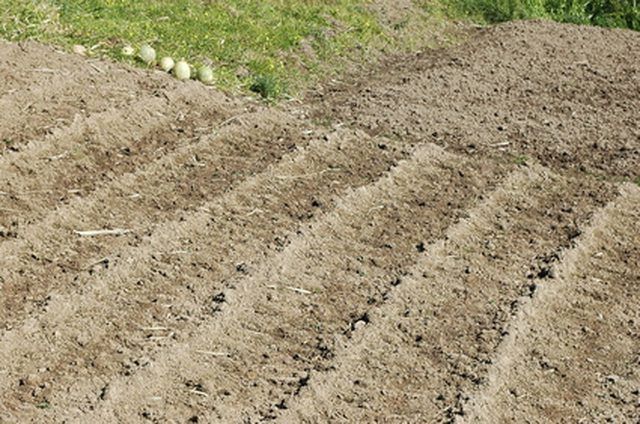Bulbs
Flower Basics
Flower Beds & Specialty Gardens
Flower Garden
Garden Furniture
Garden Gnomes
Garden Seeds
Garden Sheds
Garden Statues
Garden Tools & Supplies
Gardening Basics
Green & Organic
Groundcovers & Vines
Growing Annuals
Growing Basil
Growing Beans
Growing Berries
Growing Blueberries
Growing Cactus
Growing Corn
Growing Cotton
Growing Edibles
Growing Flowers
Growing Garlic
Growing Grapes
Growing Grass
Growing Herbs
Growing Jasmine
Growing Mint
Growing Mushrooms
Orchids
Growing Peanuts
Growing Perennials
Growing Plants
Growing Rosemary
Growing Roses
Growing Strawberries
Growing Sunflowers
Growing Thyme
Growing Tomatoes
Growing Tulips
Growing Vegetables
Herb Basics
Herb Garden
Indoor Growing
Landscaping Basics
Landscaping Patios
Landscaping Plants
Landscaping Shrubs
Landscaping Trees
Landscaping Walks & Pathways
Lawn Basics
Lawn Maintenance
Lawn Mowers
Lawn Ornaments
Lawn Planting
Lawn Tools
Outdoor Growing
Overall Landscape Planning
Pests, Weeds & Problems
Plant Basics
Rock Garden
Rose Garden
Shrubs
Soil
Specialty Gardens
Trees
Vegetable Garden
Yard Maintenance
How to Till a New Garden
How to Till a New Garden. Tilling a new garden is the important first step to years of healthy produce or flowers. Proper bed preparation is key to eliminating weeds, grass and unwanted pests later on. With the right tools, tilling a new garden can be accomplished in a few hours. This largely depends on what decisions have been made about the new...

Tilling a new garden is the important first step to years of healthy produce or flowers. Proper bed preparation is key to eliminating weeds, grass and unwanted pests later on. With the right tools, tilling a new garden can be accomplished in a few hours. This largely depends on what decisions have been made about the new garden space beforehand.
Things You'll Need
Garden rake
Hoe or sod knife
Wooden stakes
Rototiller
Eye and ear protection
Sturdy gloves
Proper Tool Preparation
Rent or borrow a rototiller. Unless you are a regular gardener and plan multiple bedding projects, renting from a home supply store or borrowing a machine is an economical choice.
Sharpen spades or hoes by using a metal file. A sharp hoe makes the job easier.
Measure and cut string for garden boundaries. Measure and cut wooden stakes to mark corners.
Tighten garden rake handle and clean. Clean garden tools regularly to prevent the spread of unwanted weeds.
Prepare Area
Choose an area best suited for your garden. Most vegetables and flowers require six hours of sunlight per day.
Mark garden area using string and stakes.
Remove grass. This can be done the season before by using a total vegetation kill product. Use a sod knife or hoe to cut away live grass in small sections. If garden spot has thin grass or weeds, till the area just deeply enough to loosen vegetation.
Rake away or remove loosened grass.
Remove any rocks. These can be hazardous when using a rototiller.
Till Soil
Till soil slowly, one row at a time, allowing the tiller to rotate several times before moving.
Rake up remaining grass or dislodged vegetation.
Make a second pass through the garden applying more pressure to deepen the tilling.
Smooth the garden soil with a rake. Check for spots that need more attention.
Take a final pass through the entire garden plot with the rototiller.
Rake the soil and smooth it with the back edge of the garden rake.
Tips & Warnings
Vegetation can easily get lodged in rototiller blades affecting performance. Check blades between passes to remove.
Get the family together for this project. Kids can help with grass and rock removal beforehand and raking afterwards.
A rototiller should not be used by children or inexperienced adults. Contact a local landscaping company that offers garden preparation if you are not completely sure how to operate this machine.
Always wear protective eye and ear covering when operating any machinery.